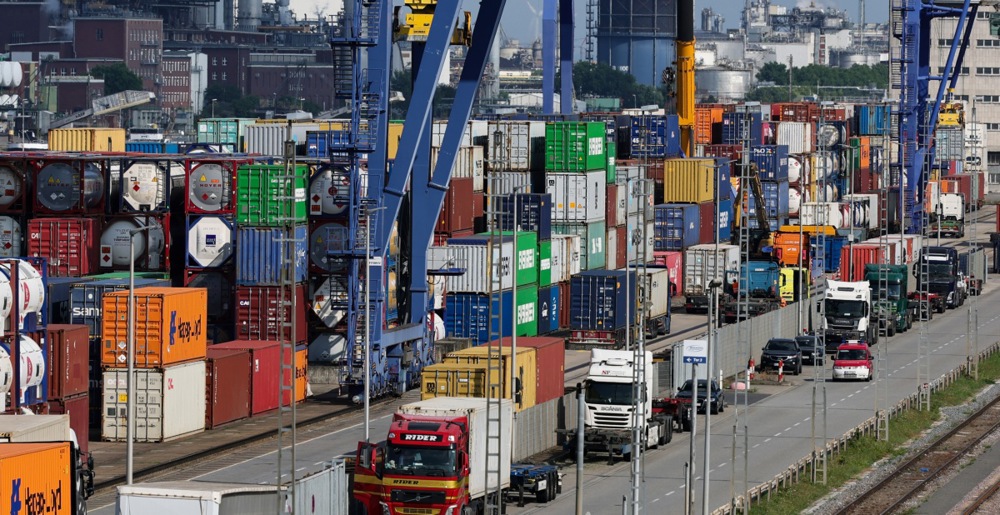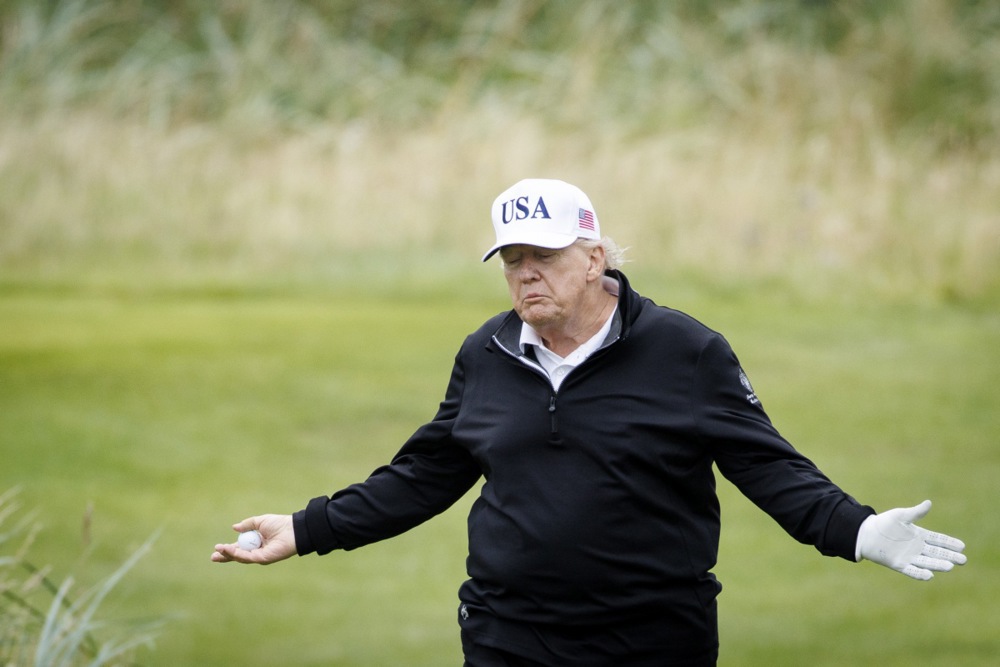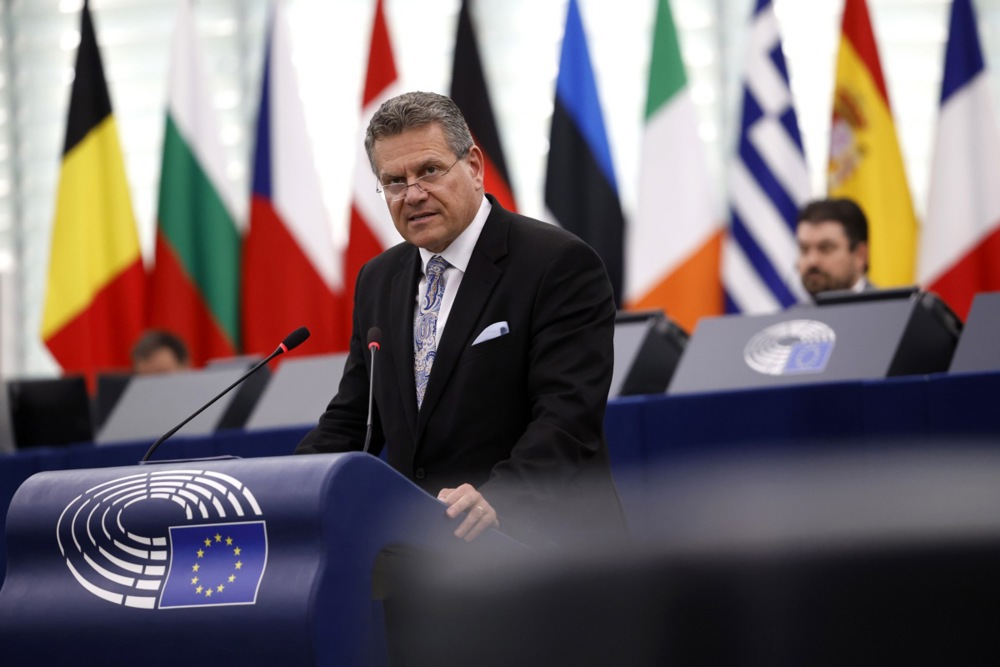Italy’s car industry, central to its exports and manufacturing base, has been caught between two rival powers whose trade decisions could shape its future.
The Italian Government is trying to preserve US market access while preparing to curb Chinese influence at home, a balancing act that blends industrial pride with geopolitical calculation.
Prime Minister Giorgia Meloni’s government is moving to curb Chinese influence in major Italian firms, Bloomberg reported August 12.
The plan targets Pirelli, CDP Reti and Ansaldo Energia, all seen as strategically important for the country’s industry and infrastructure.
Officials we said to be weighing steps that could push Pirelli’s Chinese shareholder, Sinochem, to sell its stake and reduce Beijing’s presence in the energy and manufacturing sectors.
The measures would build on a 2023 decision to limit Sinochem’s role at Pirelli, followed in April by a board move to strip the Chinese investor of governance control.
Washington has warned that Pirelli tyres equipped with cyber sensors could face restrictions in the US over concerns about data security, Bloomberg reported.
On August 5, the European Commission suspended countermeasures on €93 billion of US goods despite Washington’s failure to formally lower its 27.5 per cent special tariff on EU cars.
Olof Gill, the EC’s trade spokesperson, told journalists on August 12: “We’re waiting for the US to follow through on the clear political commitment they made … the commitment for the US is that the 15 per cent rate will include cars; we don’t know when that will be in force.”
He added that the suspension “could be reversed” if Washington failed to deliver, saying the European Union’s countermeasures remain available for “potential future” use.
The New York Times reported on August 9 that Brussels had been preparing extensive countermeasures before a breakthrough on July 27, 2025, when EC President Ursula von der Leyen and US President Donald Trump reached a political deal for a baseline 15 per cent tariff on most EU exports to the US, including cars.
The agreement came after months of escalating trade measures, which had already seen Washington impose duties of 25 to 27.5 per cent on some vehicles.
It followed the initial announcement of “reciprocal” tariffs in April and the entry into force of higher US car duties in March.
Earlier in August, Trump signed an executive order confirming the flat 15 per cent levy, but the US has yet to apply it to EU cars. Most EU exports to the US currently faced a 10 per cent minimum duty.
The suspension has been welcomed by carmakers across Europe, particularly in Italy, where exports to the US are worth billions.
In 2024, the EU sold about €40 billion worth of cars to the US, with Italian marques known for performance, craftsmanship and design commanding some of the highest prices in the market.
The US is one of the most profitable destinations for these exports and even a small tariff change could affect production schedules, pricing strategies and jobs in plants from Turin to Modena.
Meloni, one of the few EU leaders with cordial ties to the Trump administration, welcomed the EU-US trade deal on July 28, saying it had avoided “potentially devastating” consequences.
She described the fact a deal was struck at all as “positive” but said she would still study the details.
Meloni has long viewed Trump as a political mentor, attending his rallies and echoing his worldview; Trump in turn has called her a “fantastic leader and person” and invited her to his second inauguration.
In May, she travelled to Washington to discuss trade and co-ordinate policy toward China.
Italy’s 2023 withdrawal from China’s Belt and Road Initiative has not ended Beijing’s role in its economy; Chinese companies remain key investors and suppliers.
That presence is most visible in the fast-growing electric-vehicle sector. China dominates global battery production, controls many of the critical raw materials and has invested heavily in European EV and green-tech projects.
For Italy’s carmakers, this relationship has two faces: Chinese partnerships can bring technology, components and financing essential for building competitive EVs; but they are also viewed warily in Washington and in parts of Brussels for strategic and security reasons.
According to the document, new Chinese investment slowed markedly after 2019 and the EU’s trade deficit with China was projected to double in the five years to 2025.
European policy has shifted toward steering Chinese funds into electric vehicle parts production — battery plants, component factories, research centres — while keeping them out of ports, power grids and other sensitive infrastructure.
Bruegel, a Brussels-based think tank, wrote in a recent analysis that a “smart” EU strategy would combine openness to Chinese EV investment with strict controls on technology transfer and ownership in critical assets, to avoid over-dependence on one supplier base.
For Italy, where the car industry is both heritage and export powerhouse, that shift would come with risk.
Restricting Chinese participation too sharply could delay the EV transition, raise costs for consumers, and leave domestic producers dependent on less competitive supply chains.
Yet failing to act could bring friction with the US, just as Rome was relying on Washington to honour the tariff deal that protects its traditional car exports.
Analysts said the reduction of US car duties was crucial for Europe’s long-suffering auto sector, which faced intense competition from Chinese EV makers.
The US accounts for more than a fifth of EU car exports; without clarity on tariffs, manufacturers are delaying production and investment decisions for the US market.
US car industry experts wrote on August 6 that Trump’s tariffs were already squeezing profits and could push prices up by 4 to 8 per cent by the end of 2025.
The report said the measures risked reducing consumer choice, particularly in EVs, as federal tax credits vanish and the number of new models fell to its lowest in decades.





